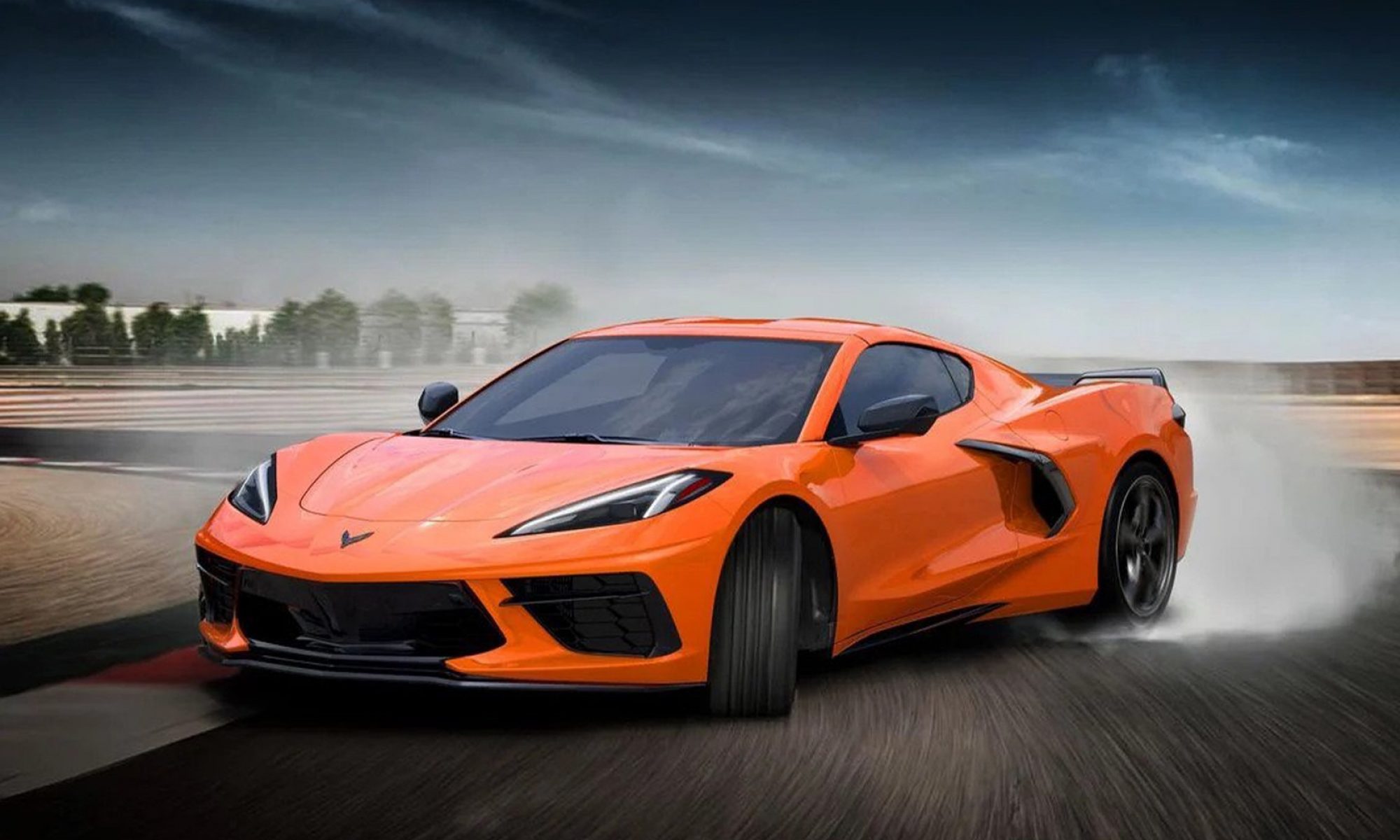This week I personally accomplished drawing the diagrams included in the Design review dealing with the computer component, specifically with how the OpenCV DNN module works and how to incorporate the Caffe learning module used for facial detection and the landmark detector used to obtain eye and mouth detection.

In addition, I started reading OpenCV’s CUDA API in order to optimize our image processing code and obtain our desired frame rate of 5 fps however, CUDA applications were not originally intended to be used on the Volta architecture. There are documentation for making CUDA applications compatible with the Volta architecture ( https://docs.nvidia.com/cuda/volta-compatibility-guide/#about-this-document). Furthermore I read tutorials on how to detect eyes with OpenCV with the use of thresholding which creates binary masks used to segment out the eyeballs from the rest of the eye (useful for eye tracking) and for segmenting out the mouth from the rest of the face.
My progress is up to schedule at the moment as I have researched the computer vision algorithms necessary for this project: OpenCV DNN for facial detection, CNN-facial-landmarks for obtaining facial landmarks (used to obtain eye and mouth detection), and creating a region of interest on a binary mask with the size of a driver’s eye and mouth for eye and mouth detection.
Deliverables that I hope to complete by next week are writing the initial facial detection algorithm and facial landmark algorithm using OpenCV’s DNN and CNN-facial-landmark model.
